GET A FREE ESTIMATE TODAY
Home Insulation Companies Dublin
Home Insulation is defined as a material used to insulate home especially a building. Insulation is essentially a material that reduces heat loss or gain by creating a barrier between the inside of your home and the very different outside temperatures. Whether it’s winter or summer, when you heat and cool your home, the insulation has to work to keep the inside temperature constant without the heating or air conditioning running all the time.
Your home is cold and damp and you need a solution. Look no further! We can advise you to choose the best Home Insulation Companies Dublin to make your home the warm and comfortable home you expect.
Our Home Insulation Companies Dublin specialize in a variety of types of home insulation, but can also upgrade your heating system with a new stove and modern heating controls. Even better, your warmer home lowers your energy facts, lowers your carbon footprint, and increases your property value!
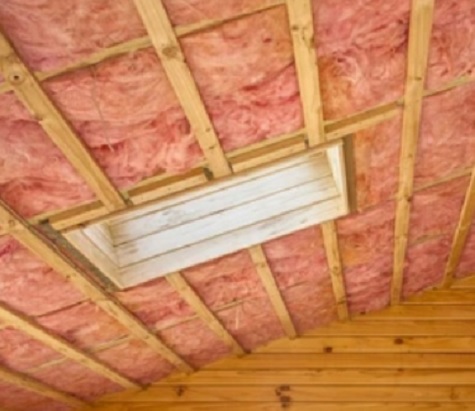
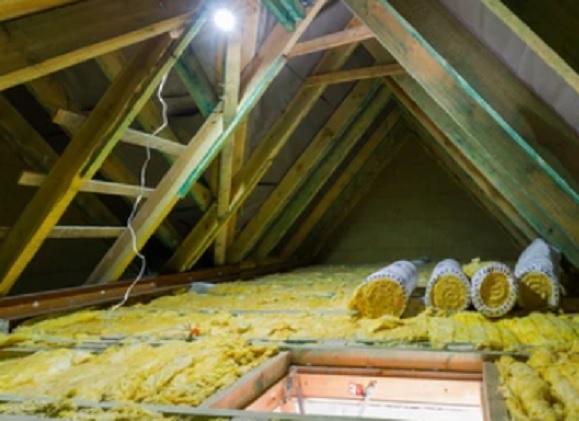
Process of Home Insulation
The insulation installation process depends on the type of insulation you plan to use in your home. Here’s a breakdown of how to install foam, fiberglass, and cellulose. Traditional insulators (fiberglass and cellulose) resist heat transferred by conduction. Traditional does not always mean more efficient. Traditional insulation often doesn’t prevent drafts well, contributing to discomfort in your home and wasted energy. From spray insulation to insulation materials, all materials are compared and evaluated based on their R-value, a value that reflects a material’s performance and insulation capabilities.
- Wall Insulation: Houses with insulated walls can prevent heat from escaping in winter and heat from entering in summer. In other words, insulation reduces energy costs by eliminating the need to run a heater when it’s cold or an air conditioner when it’s hot.
- Spray on Insulation: Spray foam insulation is commonly used in buildings. With open-cell foam, the foam cells are not completely closed, allowing air to fill all of the open space in the material.
The opposite happens with closed-cell foam. The tiny foam cells are closed. They are filled with gas, which then helps the foam expand and provide insulation. - House Wrap: Home wrap is defined as any synthetic material that replaces wrapping paper. House sheets are lightweight and wider than asphalt structures, allowing builders and contractors to finish installations more quickly.
House Wrap with a desirable material for the home for builders is to prevent moisture from entering wall cavities. Moisture in walls can lead to mold, termites and other problems.
Home Insulation Process
- Structural Insulated Panels: Structural Insulated Panels (SIPs) are used in floors, walls, and ceilings and offer high-performance materials that are extremely durable, strong, and energy efficient. The panels consist of a core of insulating foam held together by a sheet of oriented strands or other structural surface. The SIP production method creates a building system that is not only reliable and energy efficient, but also relatively affordable. SIPs are designed to save builders time, which can be critical when building real estate under time pressure.
Insulated Concrete Forms: Insulated concrete formwork is a method of constructing buildings using lightweight, hollow, insulated formwork that is glued together and then filled with concrete. After hardening, the concrete becomes a high-strength structure, and the formwork remains as thermal insulation.
Insulated Vinyl Siding: Insulated vinyl siding is an alternative to expensive siding materials. While some Home Insulation Companies Dublin still prefer traditional vinyl siding, the insulated version provides a new competitive edge and offers a range of benefits to homeowners and builders.
Proper Home Insulation Fix Issues
Proper insulation can solve a number of issues, including:
Your house is cold in winter and warm in summer.
You have high heating and air conditioning bills.
Its walls are cool to the touch when the outside temperature drops.
Your furnace is on all the time when it’s cold.
Your air conditioner always works when it’s hot.
Your floors are cold in winter.
You feel drafts in your house.
When it is very cold, Ice dams forms on the roof.
As part of one of the leading experienced Home Insulation Companies Dublin, we have taken it upon ourselves to educate anyone with questions about home insulation.
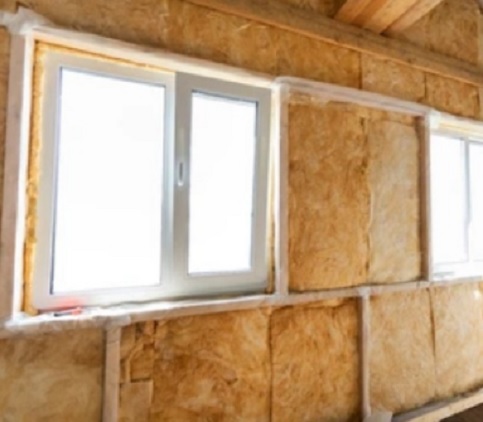
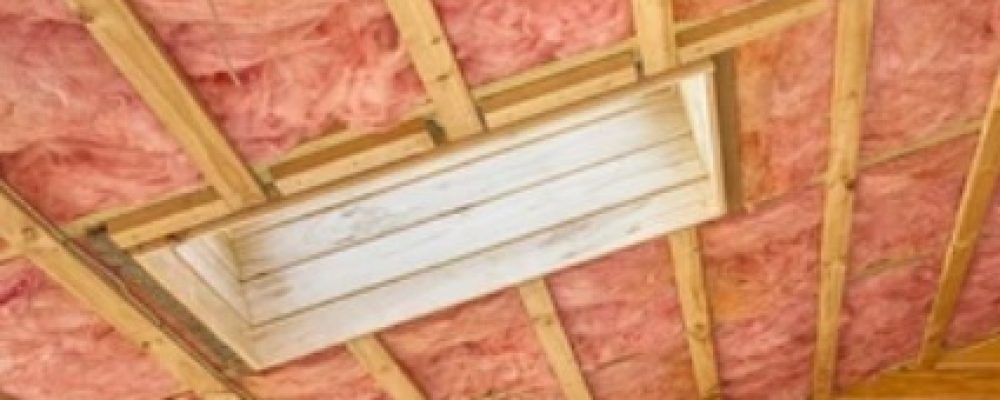
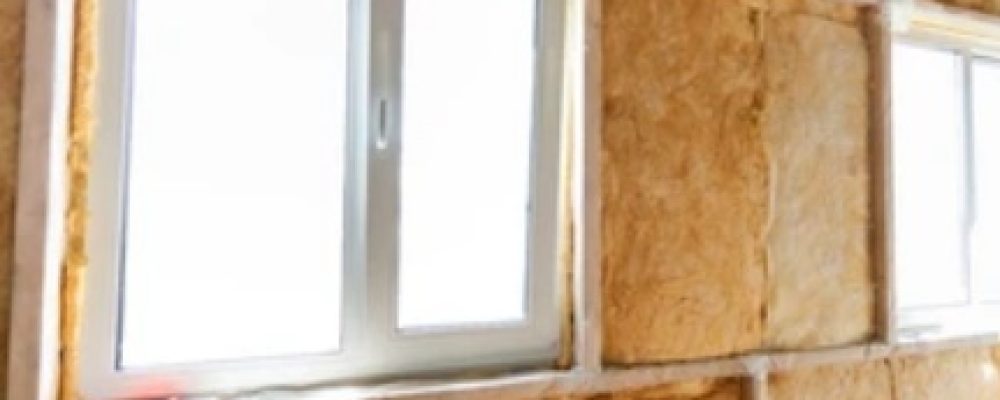
How to insulate your home properly
Proper Insulation provides a home with a barrier against the issues, lowering the interior temperature for comfort and also saving on energy bills. For insulation to do its job properly, it is important to know where to place it. A well-insulated building should be covered from roof to foundation, but we know it is nearly impossible. The type of insulation to be used depends on the factors including where to use.
Insulating an Attic
If you plan to insulate your attic, consider using loose or non-woven insulation. Loose-fill insulation is less expensive than felt insulation and provides better coverage when installed correctly. Before the insulation process, do not forget to eliminate air leaks and make any necessary repairs. Don’t forget to insulate the knee walls. When renovating, be sure to leave space between decks and make sure the new extension overhangs the ceiling joists to provide insulation.
Insulating Air Ducts
Air ducts should be sealed and insulated to reduce energy losses. Always try to install air ducts in vaulted air-conditioned spaces with adequate insulation.
Insulating Ceilings
If the ceiling is a cathedral, you must provide space between the roof terraces and the ceiling to provide insulation and ventilation. Foil-faced batt is recommended for cathedral ceilings as it provides the penetration rating required for use in ceilings without attics. If a spec is available, you can also add rigid foam insulation, which increases R-values and eliminates thermal bridges, although this type of insulation must be covered with a fire-retardant material when used inside a building.
The R-value refers to the thermal resistance of various insulating materials. The higher the R-value of a material, the better it insulates against heat and cold. The R-value of insulation depends on the type of material, its thickness and density.
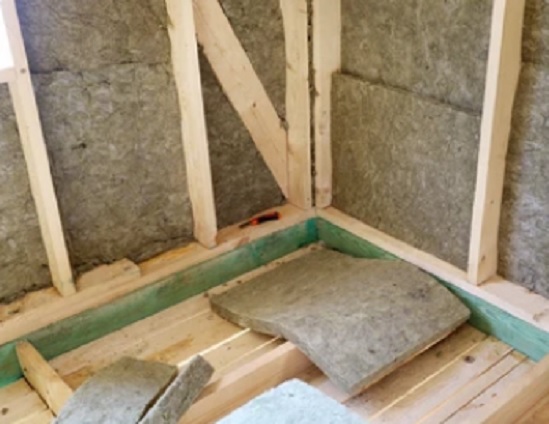
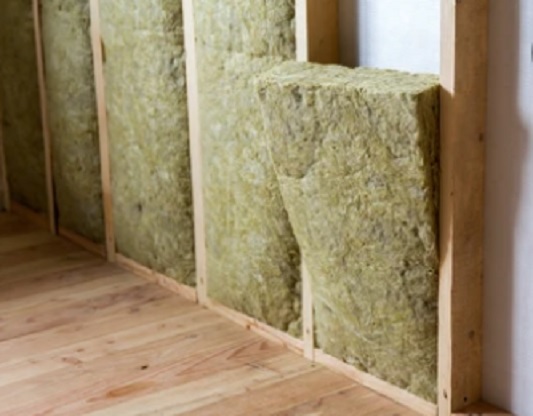
Insulating Walls for New Homes and Remodeling
When repairing, one of the best and fastest ways to insulate is blown in insulation. Blown in insulation for wall pack installation provides excellent airtightness. It can be installed easily, reducing the amount of preparation required. If you’re renovating and wall cavities will be exposed, consider two-component spray foam or wet-spray cellulose insulation.
When building a new home, there are many alternatives to choose from, including structurally insulated panels, insulated concrete form, and insulated concrete block. All of these materials are considered insulation materials because they are manufactured for the purpose of increasing R-values in a building.
Insulating a Home's Foundation
A proper-insulated base minimizes insect, moisture and radon infiltration problems.. Like walls, foundation insulation can be selected if you choose insulating concrete forms and insulated concrete blocks. Typically, when building a new home, you should decide to insulate the foundation before foundation excavation
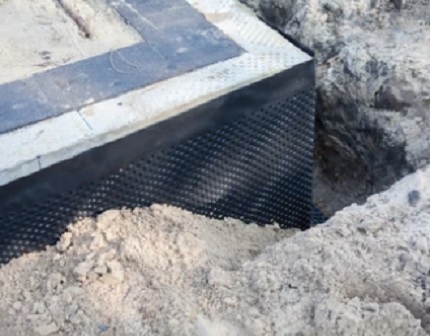
Insulating Basements
The type of basement insulation depends on whether the basement was previously insulated or not. In new buildings, insulation of Basements reduces thermal bridges, reduces heat loss, protects against moisture, and reduces condensation problems associated with poorly insulated the areas..
- The internal insulation must have a fireproof coating and does not protect against moisture. Home Insulation Companies Dublin use following types of insulation:
Mattress insulation (sheets and rolls) - Insulating concrete blocks (new construction)
- insulation of foam boards
- Insulating concrete molding (new construction)
bulk insulation - Spray foam insulation (good alternative for finished basements)
Insulating Slabs
Slabs can be insulated by digging around the perimeter and installing foam board. If the building is new construction, it may be easier to simply install the foam board on the outside of the board and foundation, or under the board. Insulated tile foundations offer greater resistance to termites, but some Home Insulation Companies Dublin have even reported termite infestations through foam insulation in closed tile.

Contact us
Address
99A Pinewood Green Road
Balbriggan
Co. Dublin
Ireland
K32 PH30
info@prc-builders.com
Call Us
085 11 888 33
Get in touch
